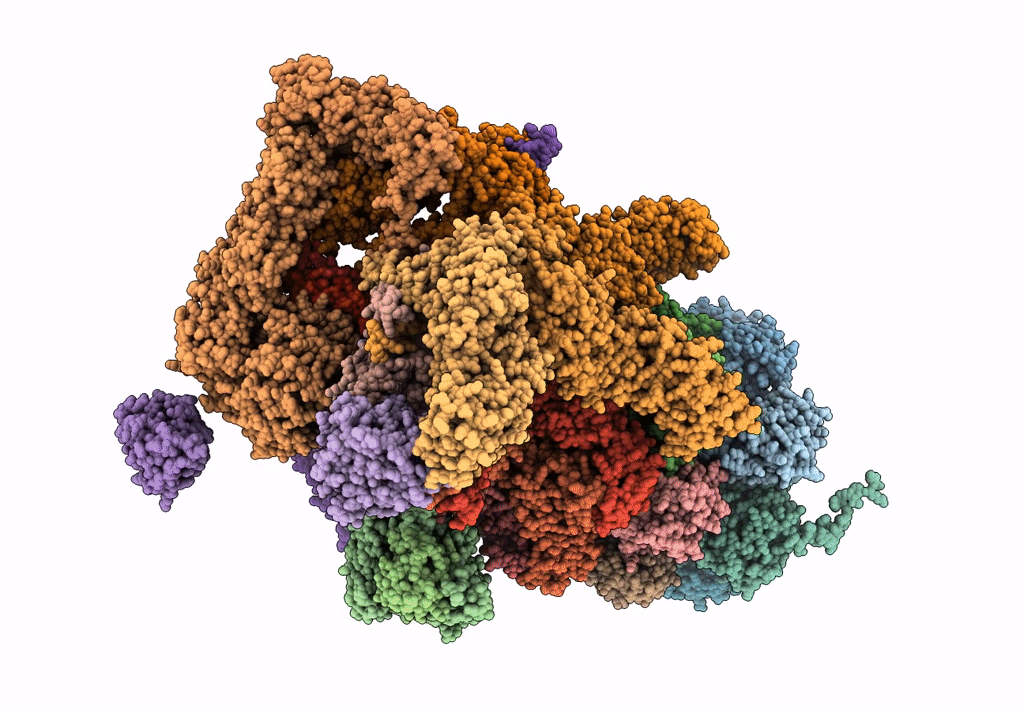
Deposition Date
2015-06-17
Release Date
2015-07-22
Last Version Date
2025-04-09
Entry Detail
Biological Source:
Source Organism:
SACCHAROMYCES CEREVISIAE (Taxon ID: 4932)
HOMO SAPIENS (Taxon ID: 9606)
HOMO SAPIENS (Taxon ID: 9606)
Method Details:
Experimental Method:
Resolution:
9.50 Å
Aggregation State:
PARTICLE
Reconstruction Method:
SINGLE PARTICLE


